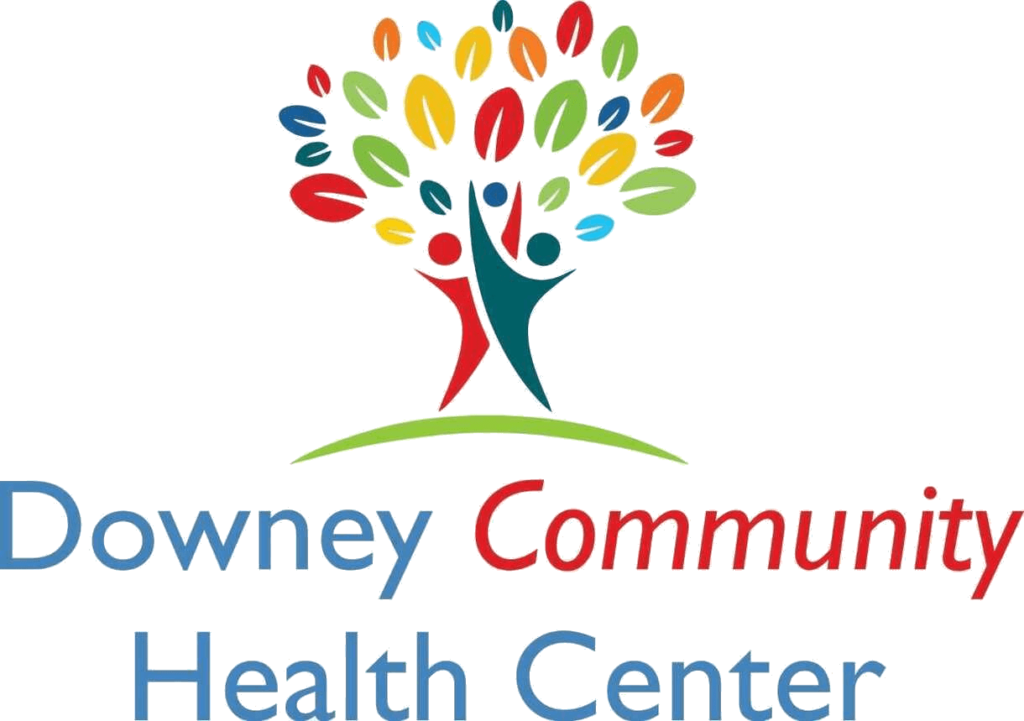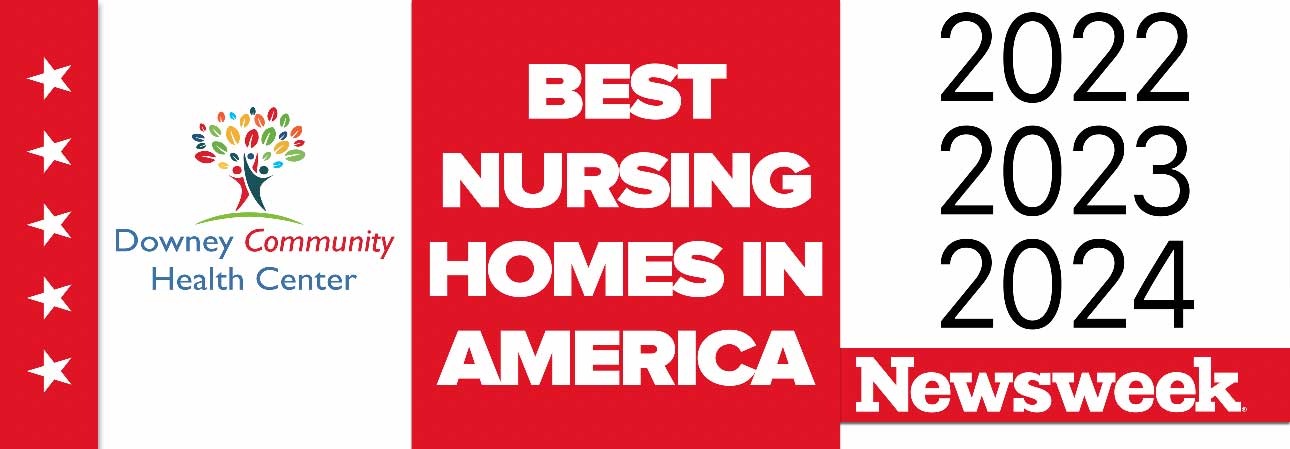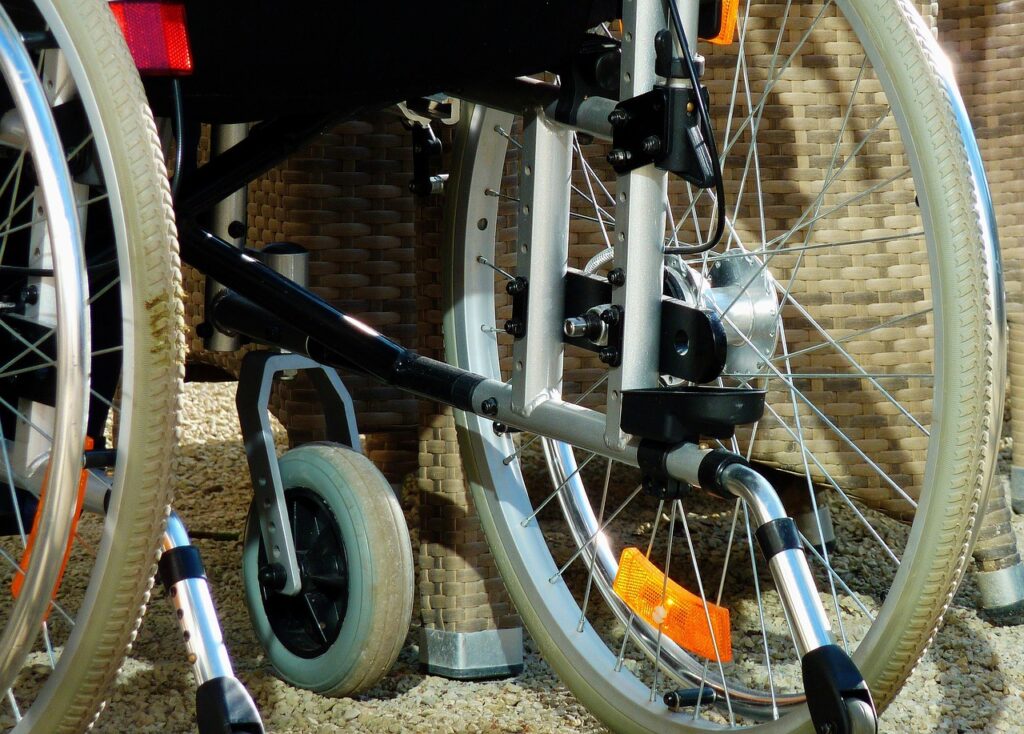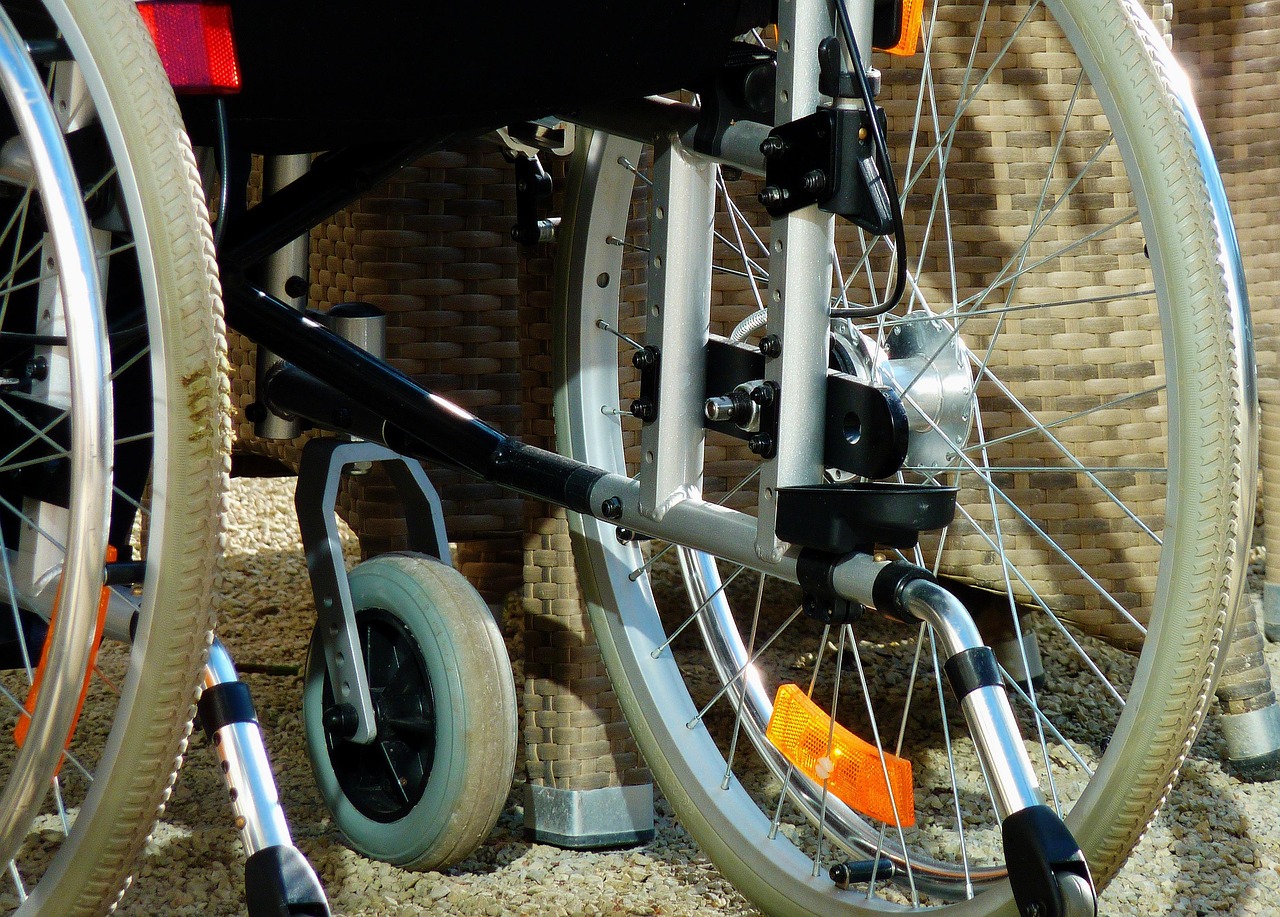When looking for a nursing home, several key factors should be considered. These include the level of care provided, staff-to-resident ratio, cleanliness and overall atmosphere, available amenities and activities, location and accessibility, cost and payment options, and the facility’s certifications and ratings. It’s also crucial to evaluate the quality of meals, the approach to resident privacy and dignity, and the policies on visitation and personalization of living spaces.
By asking specific questions during a nursing home visit, what are we trying to understand about the nursing home by asking these questions? We aim to gauge the facility’s ability to meet the physical, emotional, and social needs of residents. These inquiries help assess the quality of care, the level of resident engagement and autonomy, the competence and compassion of staff, and the overall suitability of the environment for long-term living.
Questions to Ask When Selecting the Best Nursing Home
When selecting the best nursing home, it’s crucial to ask the right questions to ensure the facility meets the needs of your loved one.
By asking targeted questions, we seek to understand:
- The level of care provided and staff competence
- The physical conditions and safety measures in place
- The availability of necessary amenities and activities
- The facility’s policies on privacy, dignity, and personalization
- The admission process and eligibility criteria
- The overall atmosphere and cleanliness of the facility
- The nursing home’s certifications, ratings, and compliance with regulations
These inquiries help assess whether the nursing home can meet the specific needs of the potential resident, provide a comfortable living environment, and offer appropriate medical care and social engagement. Ultimately, the goal is to find a facility that will ensure the safety, comfort, and well-being of your loved one during their stay.
What is the staff-to-resident ratio? Is the staff overworked?
The staff-to-resident ratio is the number of care provider staff available to support a given number of residents in a nursing home facility. For example, a ratio of 1:8 means one staff member cares for every eight residents. This question helps us understand the quality of care and attention residents receive in the nursing home.
A higher staff-to-resident ratio generally indicates better care, as it allows for more personalized attention, quicker response times to resident concerns, and improved overall resident satisfaction. The threshold for an acceptable ratio varies depending on factors such as the level of care required and state regulations. However, a commonly cited minimum standard is 4.1 total nursing hours per resident day, broken down as follows:
- 0.75 hours from Registered Nurses (RNs)
- 0.55 hours from Licensed Vocational/Practical Nurses (LVNs/LPNs)
- 2.8 hours from Certified Nursing Assistants (CNAs)
If the nursing home has a lower staff-to-resident ratio than these minimums, it may indicate that the staff is overworked, which can lead to:
- Decreased quality of care
- Higher risk of resident falls, infections, and bedsores
- Increased likelihood of medication errors
- Staff burnout and high turnover rates
- Reduced resident satisfaction and well-being
A nursing home with overworked staff is not a healthy environment for residents or employees. If you observe signs of understaffing or hear that the nursing staff is overwhelmed, it’s a red flag. In such cases, it’s advisable to consider other options for your loved one’s care.
Is there a pattern of staff turnover?
This question helps us understand the stability and quality of care in the nursing home. High turnover rates can indicate poor working conditions, inadequate compensation, or management issues. According to recent studies, the average annual turnover rate for total nursing staff in U.S. nursing homes is alarmingly high at 128%, with some facilities exceeding 300%.
A healthy nursing home should have significantly lower turnover rates. If the facility has consistently high turnover, it’s a red flag. Look for rates below the national average and ask about retention strategies. High turnover can lead to decreased quality of care, increased risk of errors, and reduced resident satisfaction.
How many hours a day do staff members spend with residents?
This question helps assess the level of individualized care and attention residents receive. The Centers for Medicare and Medicaid Services recommends a minimum standard of 4.1 total nursing hours per resident per day, broken down as follows: 0.75 hours from Registered Nurses (RNs), 0.55 hours from Licensed Vocational/Practical Nurses (LVNs/LPNs), and 2.8 hours from Certified Nursing Assistants (CNAs).
If the nursing home provides fewer hours than this threshold, it may indicate understaffing, which can lead to neglect, increased risk of accidents, and poor quality of care. A facility meeting or exceeding these standards is more likely to provide adequate care and attention to residents.
Are there any previous cases of elder abuse or neglect by nursing staff?
This question is crucial for understanding the safety and quality of care provided by the nursing home. Unfortunately, elder abuse in nursing homes is more common than many realize. According to the World Health Organization, about 1 in 6 adults aged 60 and over experience some form of abuse in community settings, including nursing homes. Types of abuse can include physical, emotional, sexual, and financial abuse, as well as neglect.
Any history of abuse or neglect is a serious red flag. If the facility has had previous cases, inquire about the actions taken to address the issues and prevent future occurrences. A reputable nursing home should be transparent about any past incidents and demonstrate clear policies and procedures to ensure resident safety and well-being.
How do staff members interact with residents?
This question helps us understand the quality of care and the overall atmosphere in the nursing home. Research shows that positive staff-resident interactions contribute significantly to residents’ quality of life.
A study using the Quality of Interaction Schedule (QuIS) found that 83.8% of staff-resident interactions were positive, 10.8% were neutral, and 5.4% were negative. Look for nursing homes where staff engage in positive social interactions, provide compassionate care, and avoid negative or restrictive behaviors.
Staff should communicate respectfully, avoid elderly speaking, and use positive statements to increase collaboration during care. If you observe predominantly negative or neutral interactions, it’s a red flag indicating potential issues with care quality and resident well-being.
Is the nursing home certified to accept Medicare or Medicaid?
This question is crucial for understanding the facility’s compliance with federal standards and potential financial coverage options. Medicare certification indicates that a nursing home has met minimum requirements for patient care and management. To be Medicare-certified, a facility must provide 24-hour medical care by registered nurses or rehabilitative staff, offer services like IV administration and wound care, and meet specific criteria for Medicare coverage.
Medicaid certification is also important for long-term care coverage. However, it’s worth noting that current federal certification largely relies on state licensure, with only two specific federal requirements: ownership disclosure and having a quality assurance program. Ensure the facility is certified for the type of care and coverage you need.
Does the facility have specialized services, resources, or equipment?
This question helps assess the nursing home’s ability to meet specific care needs. Nursing homes should have a range of durable medical equipment (DME) to ensure residents’ safety, comfort, and proper medical care. Essential equipment includes hospital beds, mobility aids (wheelchairs, walkers), respiratory support devices (oxygen concentrators, ventilators), and monitoring equipment (blood pressure monitors, glucometers).
Specialized services might include therapy tools, fall prevention equipment, and patient call systems. The availability of this equipment can significantly impact residents’ quality of life and independence. Additionally, consider if the facility has resources for specific conditions like dementia care or rehabilitation services. A well-equipped nursing home is better prepared to meet diverse resident needs and handle emergencies.
What are the conditions of the facility?
This question helps assess the overall quality and safety of the nursing home environment. Federal and state regulations require nursing homes to maintain a safe, clean, and comfortable living space for residents. Key aspects to observe include cleanliness, proper maintenance, adequate lighting, comfortable temperature, and absence of unpleasant odors.
The facility should be free from obvious hazards and have proper fire safety measures in place. Look for well-maintained common areas, dining rooms, and resident rooms. A study found that implementing infection prevention and control (IPC) measures can be challenging while maintaining a homely feel7. Facilities struggling to meet these basic standards may indicate deeper issues with care quality and resident well-being.
Do residents at the facility contract infections easily?
This question helps evaluate the effectiveness of infection prevention and control measures in the nursing home. Infections are a significant concern in nursing homes, with an average of 2 million infections occurring annually among 1.5 million residents in the USA. Recent data shows an infection rate of 5.37 per 1000 bed days in nursing homes. Common infections include urinary tract, respiratory, and skin and soft tissue infections.
During the COVID-19 pandemic, some nursing homes experienced extremely high infection rates, with over 1,300 facilities reaching rates of 75% or higher. Facilities with lower infection rates likely have better hygiene practices, staff training, and infection control protocols in place.
Are staff members fostering an environment for the residents and catering to their likes and needs?
This question helps assess the quality of life and person-centered care provided in the nursing home. Federal law requires nursing homes to “care for residents in such a manner and in such an environment as will promote maintenance or enhancement of the quality of life of each resident”.
Staff should engage in positive social interactions, provide compassionate care, and avoid negative or restrictive behaviors. Look for personalized care plans that consider residents’ preferences, activities that cater to their interests, and staff who communicate respectfully and use positive language. A facility that prioritizes residents’ individual needs and preferences is more likely to provide a higher quality of life and a better overall care experience.
What is the daily schedule like?
The daily schedule in a nursing home typically starts around 5:30-6:00 AM with staff assisting residents in getting up, dressing, and preparing for breakfast. Meals are usually served at set times, with breakfast around 7:30-8:00 AM, lunch at noon, and dinner in the evening1. Between meals, residents participate in various activities, such as exercise, crafts, or social events.
Physical therapy or medical appointments may occur during the day. Personal care activities like showers are scheduled throughout the day. Evenings often include leisure time or social activities before bedtime. This structured routine helps maintain a sense of normalcy and ensures residents receive necessary care and engagement throughout the day.
Do the residents look well cared for?
This question helps assess the quality of care provided in the nursing home. Well-cared-for residents should appear clean, properly groomed, and dressed appropriately. Their skin should be free from unexplained bruises or sores, indicating good hygiene and positioning practices. Residents should look comfortable and alert, not overly sedated or distressed. Positive interactions between staff and residents, such as respectful communication and prompt responses to needs, are good indicators of quality care.
Observing residents during meals can provide insights into their nutritional status and the level of assistance provided. If residents appear neglected or show signs of poor care, it’s a significant red flag that warrants further investigation or consideration of alternative facilities.
What types of social and recreational activities are available for residents?
Nursing homes typically offer a variety of social and recreational activities to enhance residents’ quality of life. Common activities include birthday parties, coffee chats, ice cream socials, church services, reading groups, and holiday celebrations. Physical activities may involve yoga, walking, stretching, water aerobics, and gardening. Social games, movie nights, singalongs, and craft sessions are also popular. Some facilities offer interaction with therapy animals.
These activities aim to reduce loneliness, maintain cognitive function, and promote physical well-being. A diverse activity schedule caters to different interests and abilities, ensuring that most residents can find engaging options. When evaluating a nursing home, consider the frequency, variety, and inclusivity of the activities offered.
How does the nursing home handle medical emergencies or health concerns?
This question is essential because nursing homes should have comprehensive emergency management plans in place to handle medical emergencies and health concerns. These plans typically include strategies for various scenarios, such as natural disasters, infectious disease outbreaks, and individual medical emergencies.
Staff should be trained in emergency procedures and have clear roles assigned during crises. The facility should have protocols for quick assessment and response to resident health changes, including on-site medical equipment and procedures for hospital transfers when necessary. Regular drills and staff training are essential to ensure preparedness.
When evaluating a nursing home, inquire about their emergency response protocols, staff training frequency, and coordination with local emergency services to gauge their readiness for potential health emergencies.
Are there opportunities for family involvement in care plans?
Family involvement in care plans is crucial for ensuring personalized, high-quality care for nursing home residents. Most facilities encourage family participation in care planning meetings, where residents’ needs, preferences, and goals are discussed. Families can provide valuable insights into the resident’s history, likes, and dislikes, helping to create more tailored care plans. Some nursing homes may offer regular updates to families about their loved one’s condition and care progress.
Additionally, families might be invited to participate in social activities or special events. When evaluating a nursing home, inquire about their policies on family involvement, communication channels with staff, and opportunities for families to contribute to care decisions. A facility that values family input is more likely to provide comprehensive, person-centered care.
What are the visitation policies for family members and friends?
Asking this question is essential since as of January 2025, nursing homes are required to allow visitation at all times for all residents, including indoor visitation. Facilities must offer a minimum of 2 hours of in-person visitation daily. There are no limits on the number of visitors per resident, though the total number in the facility might be restricted. During COVID-19 outbreaks, residents should wear masks and visits should ideally occur in the resident’s room.
Visitors must be informed of potential risks during outbreaks and follow infection prevention principles. Facilities cannot mandate vaccinations for visitors and must uphold residents’ rights to receive visitors.
Is there a care plan in place for each resident? How often is it updated?
This question is crucial because nursing homes are required to develop and maintain individual care plans for each resident. The care plan is created based on a health assessment that begins on admission and must be completed within 14 days. It is updated at least every 90 days, or more frequently if the resident’s medical status changes.
The care plan includes personal and health care services needed, staff responsible for the care, frequency of services, equipment needs, dietary requirements, and goals for the resident. Residents, family members (with permission), or designated representatives have the right to participate in care planning with nursing home staff.
What types of therapies or rehabilitation services are offered?
With this question, you’ll learn that nursing homes typically offer a range of therapy and rehabilitation services to support residents’ recovery and maintain their functional abilities. These services often include physical therapy, occupational therapy, and speech therapy. Specific offerings may include post-joint replacement therapy, fall prevention education, muscle strengthening through therapeutic exercise, gait and balance training, and transfer training.
These services are available for both long-term residents and short-term patients recovering from illness or surgery. The goal is to rehabilitate patients and bring them back to their independent lifestyles whenever possible.
How does the nursing home handle pain management and comfort for residents?
This question is crucial because nursing homes typically adopt a holistic approach to pain management, combining pharmacological and non-pharmacological methods. This includes comprehensive pain assessments to understand each resident’s unique pain experience. Treatment plans may involve medications, physical therapy, and alternative therapies such as massage or relaxation techniques.
Staff should be trained in pain management strategies and work closely with healthcare professionals to develop and adjust pain management plans. Regular reassessment of pain levels and treatment effectiveness is crucial. The focus is on improving residents’ comfort, quality of life, and overall well-being.
What is the process for addressing resident complaints or concerns?
Nursing homes typically have a multi-step complaint process, which is why it’s important to ask this question. Initially, residents or family members can raise issues informally with staff. If unresolved, a formal written complaint can be submitted to the designated complaints officer. The facility must respond within 30 working days. If dissatisfied with the response, residents can request an internal review, which should be completed within 20 days.
For external review, complaints can be directed to various regulatory organizations. Throughout this process, residents have the right to file complaints without fear of retaliation, and nursing homes must have clear procedures for addressing and resolving concerns.







